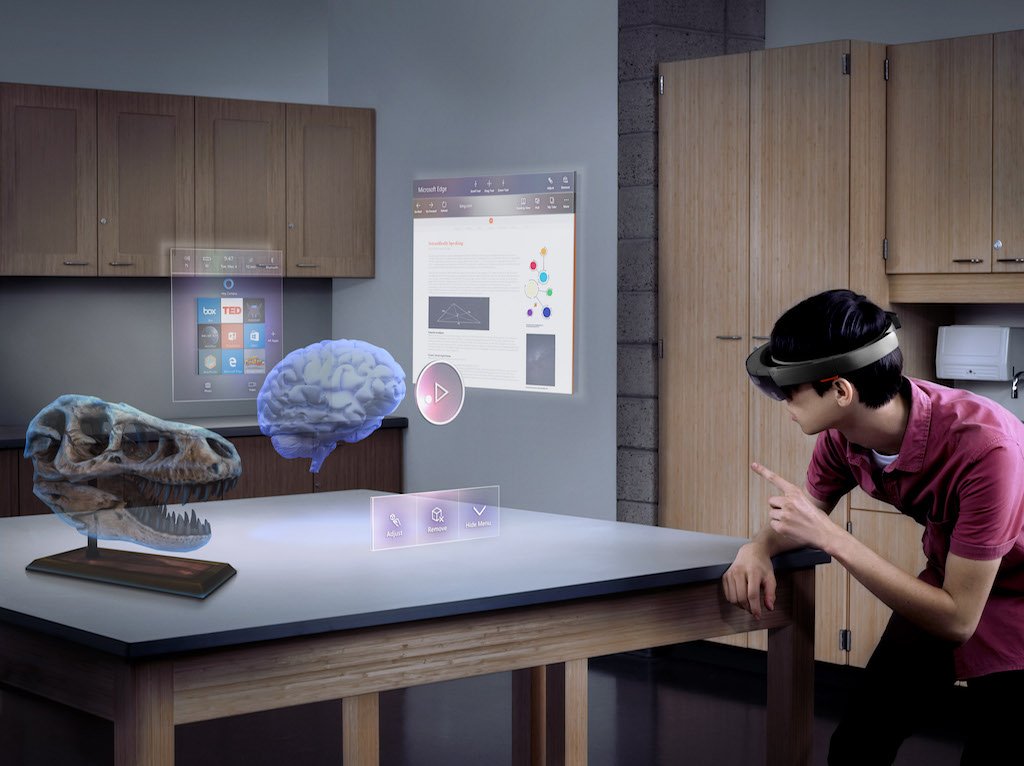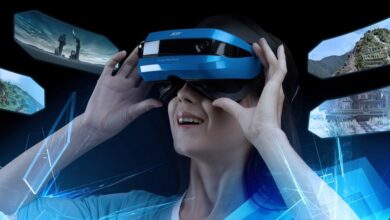What is Markerless Augmented Reality?
Have you ever wondered about the technology behind the virtual characters appearing in your natural environment while playing Pokemon Go? Or the impressive furniture previews in IKEA’s mobile app? The magic behind these experiences is Markerless Augmented Reality (AR).
Markerless AR, or position-based or location-based AR, can overlay digital information onto the physical world without predefined markers or images. Instead, this form of AR uses sensors, accelerometers, and gyroscopes within our devices to provide a position-based or location-based augmented reality experience.
-
The Emergence and Evolution of Markerless AR
While Augmented Reality’s concept was born in the early 1960s, the actual technological evolution allowing Markerless AR began in the 2000s with the emergence of smartphones equipped with advanced sensors. Over the past decade, we’ve seen a boom in Markerless AR applications, thanks to companies like Apple and Google providing AR frameworks (ARKit and ARCore) for developers.
Benefits of Markerless AR
-
Accessibility and Scalability
Remember the hassle of printing and placing markers everywhere for AR interactions? With Markerless AR, that’s history! This advancement allows spontaneous interactions anywhere, anytime, making AR experiences more accessible and scalable.
-
Improved User Experience
Without physical markers, users can now engage with AR content seamlessly. Ever imagined watching a dragonfly around your room without needing to scan a specific image first? That’s the user-centric charm of Markerless AR.
How Markerless Augmented Reality Works
-
The technology behind Markerless AR
Markerless Augmented Reality primarily relies on simultaneous localization and mapping (SLAM) technology combined with depth sensing. SLAM technology allows a device to map its environment while keeping track of its location within that environment. Isn’t that remarkable?
Differences between Marker-based and Markerless AR
Comparing Marker-based and Markerless Augmented Reality is like comparing apples to oranges. Marker-based AR requires a specific marker to initiate the AR experience, while Markerless AR uses positional data, allowing for more spontaneous and versatile applications. Just imagine the possibilities!
-
The Role of Sensors
At the heart of Markerless AR are sensors. These sensors, particularly in devices like smartphones, detect the environment. They understand spatial configurations, depth, and other essential parameters.
-
Algorithms and Computing
Once sensors capture the data, sophisticated algorithms process this information, deciding where and how to overlay the digital content. It’s like having a mini-supercomputer in your pocket, figuring out the best way to augment your reality.
Applications of Markerless AR
-
Markerless AR in Gaming
Since Pokemon Go took the world by storm, Markerless AR has transformed the gaming industry. Overlaying digital creatures and objects onto real-world environments offers an immersive gaming experience like never before.
-
Markerless AR in Education
In education, Markerless AR has breathed life into traditional learning materials. From visualizing historical events to exploring the solar system in the classroom, this technology is redefining how we learn.
-
Markerless AR in Retail
In retail, Markerless AR apps are a game-changer. Retailers like IKEA and Amazon use this technology to allow buyers to virtually “try before they buy” by picturing things in their homes before making a purchase.
-
Markerless AR in Real Estate
Markerless AR provides a new way to visualize properties in the real estate industry. It allows potential buyers to walk through properties virtually, enhancing their ability to make informed decisions.
Advantages and Challenges of Markerless AR
-
Pros of Markerless AR
Markerless AR offers several benefits, including a more seamless and interactive user experience. It doesn’t require predefined markers, offers flexibility, and allows spontaneous interactions.
-
Cons of Markerless AR
Despite its advantages, Markerless AR has challenges. The technology can struggle with accuracy and lighting conditions and requires advanced hardware, potentially limiting its accessibility.
The Future of Markerless Augmented Reality
Markerless AR is an exciting field with immense growth potential. With advancements in AI and Machine Learning, the accuracy and applications of Markerless AR are only set to grow, leading to even more immersive and interactive experiences.
Conclusion
Markerless Augmented Reality represents an exciting leap forward in blending the digital and physical worlds. While it’s not without its challenges, the potential applications and benefits make it a technology worth watching. The future is here, and it’s augmented.
FAqs for Markerless AR
What technology does Markerless AR use?
Markerless AR primarily uses simultaneous localization and mapping (SLAM) technology, combined with depth sensing.
How does Markerless AR affect the gaming industry?
Markerless AR has revolutionized the gaming industry by providing immersive experiences, allowing gamers to interact with digital objects overlaid onto their real-world environment.
What are some challenges faced by Markerless AR?
Some challenges include issues with accuracy, lighting conditions, and the need for advanced hardware, which can limit accessibility.
What is the future of Markerless AR?
Rate our Article (What Is Markerless Augmented Reality?)How much do you like our Article





